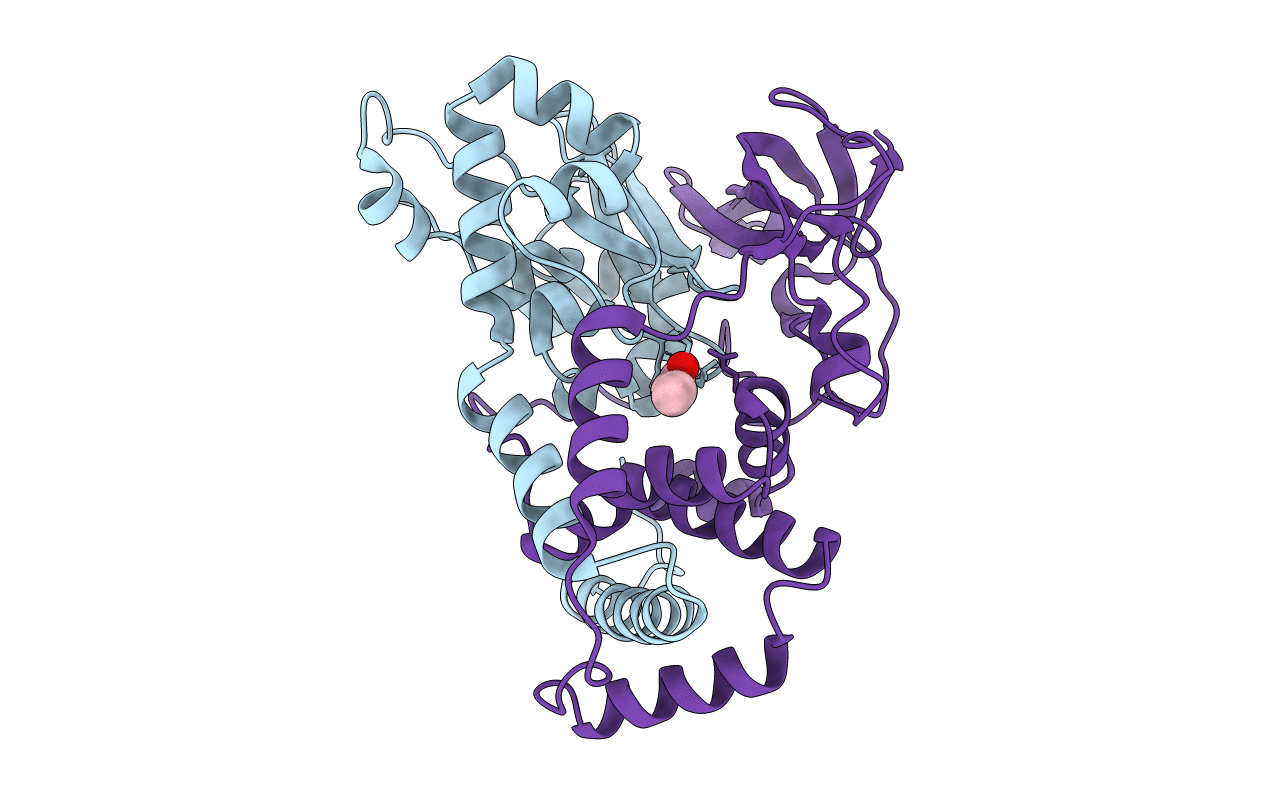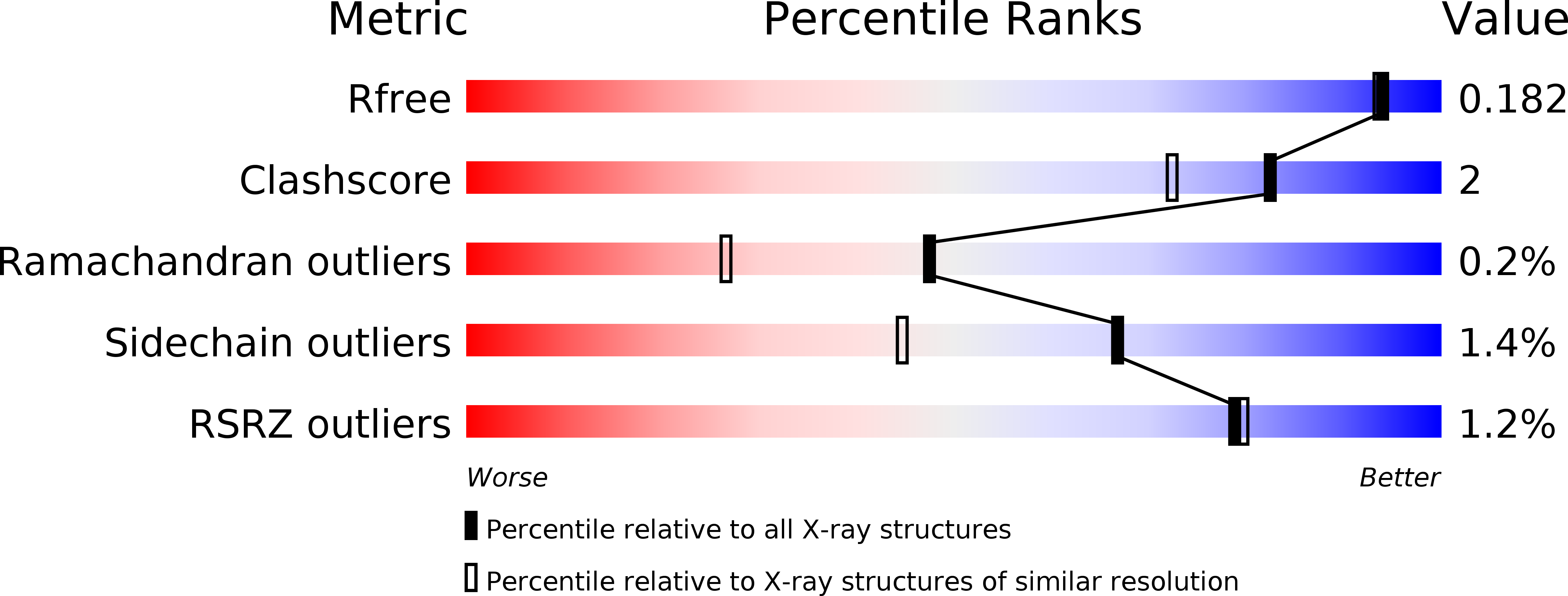
Deposition Date
2003-06-17
Release Date
2004-06-17
Last Version Date
2024-12-25
Entry Detail
PDB ID:
1UGP
Keywords:
Title:
Crystal structure of Co-type nitrile hydratase complexed with n-butyric acid
Biological Source:
Source Organism:
Pseudonocardia thermophila (Taxon ID: 1848)
Host Organism:
Method Details:
Experimental Method:
Resolution:
1.63 Å
R-Value Free:
0.19
R-Value Work:
0.18
R-Value Observed:
0.18
Space Group:
P 32 2 1


